It is one of the foundational myths of contemporary liberalism: the idea that American culture in the 1950s was not only stifling in its banality but a subtle form of fascism that constituted a danger to the Republic. Whatever the excesses of the 1960s might have been, so the argument goes, that decade represented the necessary struggle to free America’s mind-damaged automatons from their captivity at the hands of the Lords of Conformity and Kitsch. And yet, from a remove of more than a half century, we can see that the 1950s were in fact a high point for American culture—a period when many in the vast middle class aspired to elevate their tastes and were given the means and opportunity to do so.
The wildly successful attack on American popular culture in the 1950s was an outgrowth of noxious ideas that consumed the intellectual classes of the West in the first five decades of the 20th century—ideas so vague and so general that they were not discredited by the unprecedented flowering of popular art in the United States in the years after World War II. And, in the most savage of ironies, that attack ended up not changing popular culture for the better but instead has led to a popular culture so debased as to obviate parody.
Throughout the opening decades of the 20th century, American liberals engaged in a spirited critique of Americanism, a condition they understood as the pursuit of mass prosperity by an energetic but crude, grasping people chasing their private ambitions without the benefit of a clerisy to guide them. In thrall to their futile quest for material well-being, and numbed by the popular entertainments that appealed to the lowest common denominator in a nation of immigrants, Americans were supposedly incapable of recognizing the superiority of European culture as defined by its literary achievements. continue

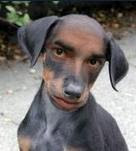
















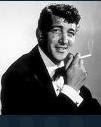

















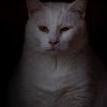


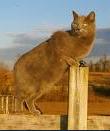




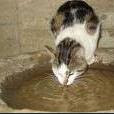













No comments:
Post a Comment